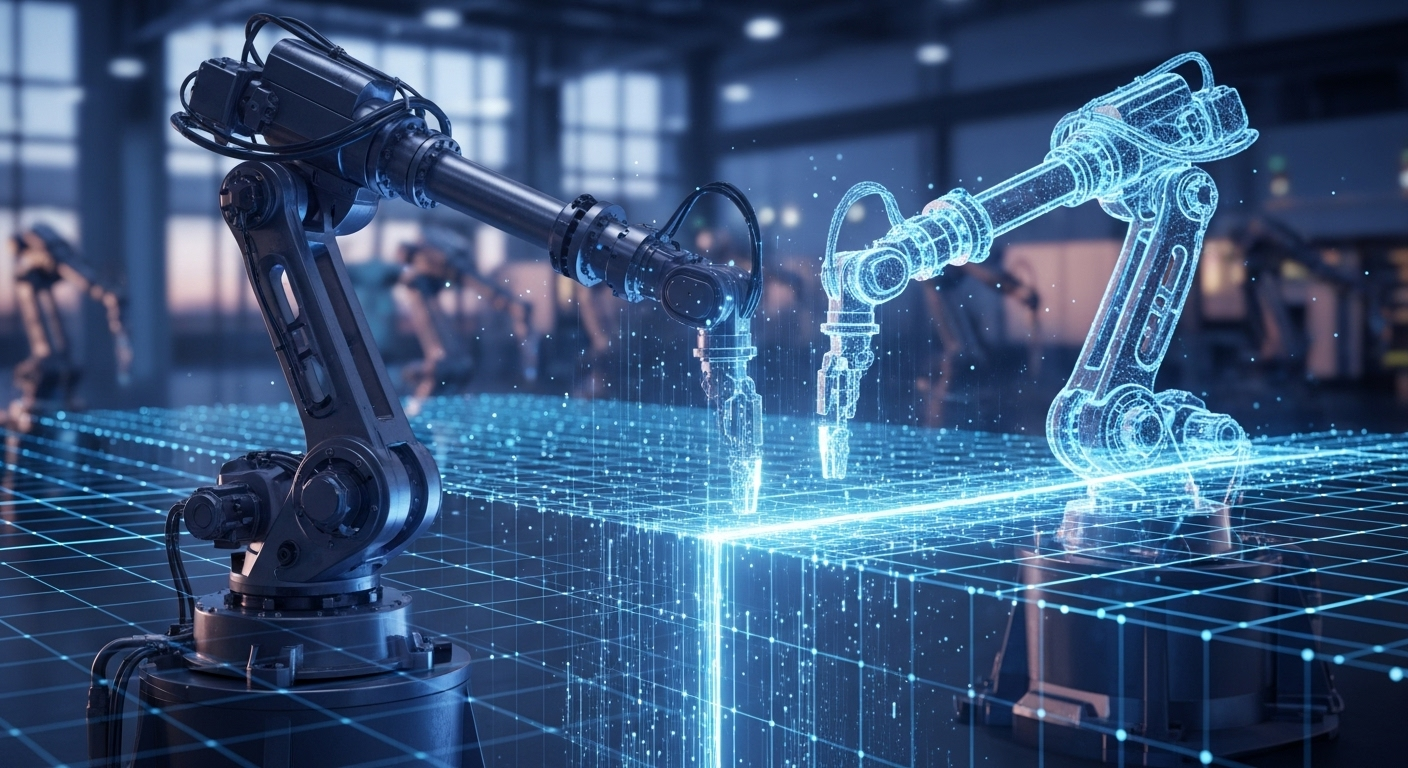Digital Twins: Bridging The Gap Between Reality and Virtuality
Digital twins have begun to infiltrate our world, offering a fascinating blend of digital and physical reality. These virtual replicas, representing real-world objects or systems, hold immense potential for disrupting traditional industries. This article delves into the genesis, current trends, and potential implications of digital twins in our rapidly digitizing world.

The Genesis of Digital Twins
The concept of digital twins dates back to the early 2000s when Dr. Michael Grieves at the University of Michigan first introduced the idea. The core premise was to create a digital representation of a physical entity, thus enabling real-time monitoring, analysis, and optimization. Yet, it was not until the advent of the Internet of Things (IoT) that this concept gained significant traction.
Digital Twins Today: More Than Just a Replica
Fast forward to today, digital twins are no longer just a replica. They have evolved into dynamic digital models that update and change as their physical counterparts change. With the integration of IoT sensors and big data, digital twins can now provide valuable insights into system performance, predict failures, and enable proactive maintenance.
The Role of Digital Twins in Industry 4.0
Digital twins are at the heart of Industry 4.0, marking the next phase in the digitization of the manufacturing sector. They serve as a bridge between the physical and digital worlds, allowing businesses to analyze data and monitor systems in order to head off problems before they occur, prevent downtime, develop new opportunities and plan for the future by using simulations.
Market Impact and Price Range
The global digital twins market was valued at $3.1 billion in 2020 and is expected to reach $48.2 billion by 2026, at a CAGR of 58% during the forecast period, according to a report by MarketsandMarkets. The adoption of digital twins is set to become a standard business practice, with applications across industries such as manufacturing, healthcare, automotive, and more.
The Future of Digital Twins: A New Frontier
Looking forward, digital twins hold promise for creating a seamless interface between humans and the digital world. As augmented reality (AR) and virtual reality (VR) technologies mature, we can anticipate a future where digital twins play a key role in virtual training, remote operations, and predictive analytics.
In conclusion, digital twins offer an unprecedented opportunity to bridge the gap between physical and digital realms. As we stand on the brink of this new frontier, it’s clear that the potential applications are as limitless as our collective imagination. By mirroring the real world in a digital sphere, we’re not just changing how we interact with our environment—we’re redefining the very nature of interaction itself.





